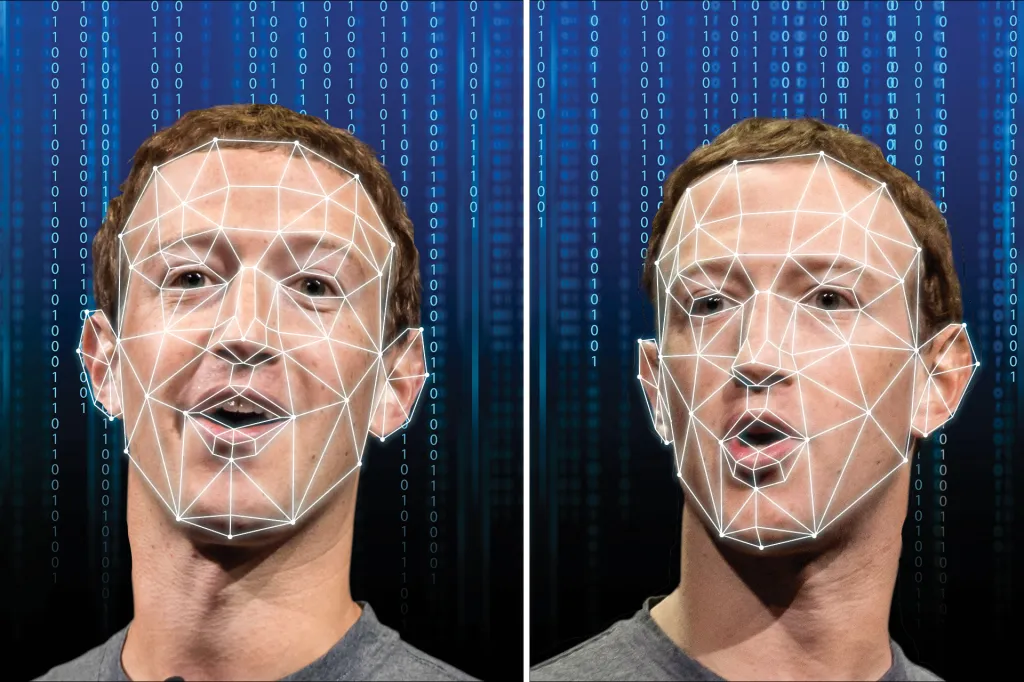
Deepfakes: The Digital Deception
Deepfakes, a fusion of "deep learning" and "fake," represent one of the most startling advancements in AI technology. What began as a quirky form of digital entertainment has rapidly evolved into a tool with far-reaching consequences. From politics to celebrity culture, deepfakes are raising alarms about misinformation, ethics, and the future of digital media.
“But the software can also create characters out of whole cloth, going beyond traditional editing software and expensive special effects tools used by Hollywood, blurring the line between fact and fiction to an extraordinary degree.”
— The New York Times
At their core, deepfakes use AI to generate hyper-realistic video and audio content. Using neural networks and vast amounts of data, these systems can manipulate existing media to create a highly convincing version of reality. Celebrities, politicians, and ordinary people alike have found themselves at the mercy of these technologies, with manipulated content circulating online at an alarming rate.
In one of the most infamous examples, a deepfake video of actor Tom Cruise went viral on social media, showing him performing complex actions and even speaking in ways that seemed entirely authentic. However, the video was not real—it was generated using a sophisticated AI model trained on Cruise's likeness and voice. Such instances are prompting concerns about the blurring lines between fact and fiction.
The implications of deepfakes extend far beyond entertainment. In politics, deepfakes have the potential to spread disinformation during crucial elections. In a world where a single viral video can shape public perception, how do we discern what’s real? As deepfakes become increasingly indistinguishable from authentic media, society faces a digital trust crisis.
To combat this threat, researchers are developing technologies aimed at detecting deepfakes. Companies like Microsoft and startups such as Deepware are utilizing machine learning models to identify altered content. These models scan videos for inconsistencies, such as unusual blinking patterns or mismatched lighting. However, as detection tools improve, so too do the methods used to create deepfakes, creating an ongoing arms race.
While deepfake technology has legitimate uses in fields like film production and entertainment, its potential for misuse is undeniable. As we continue to navigate this new digital landscape, it’s vital to strike a balance between innovation and security. A future where we can’t trust the content we see online is one where the very fabric of our digital experiences will be fundamentally questioned.
As we move forward, it’s up to society—governments, tech companies, and individuals alike—to ensure that the power of deepfake technology is used responsibly and ethically. Only then can we hope to preserve the integrity of digital media and prevent its abuse in an era defined by virtual realities.